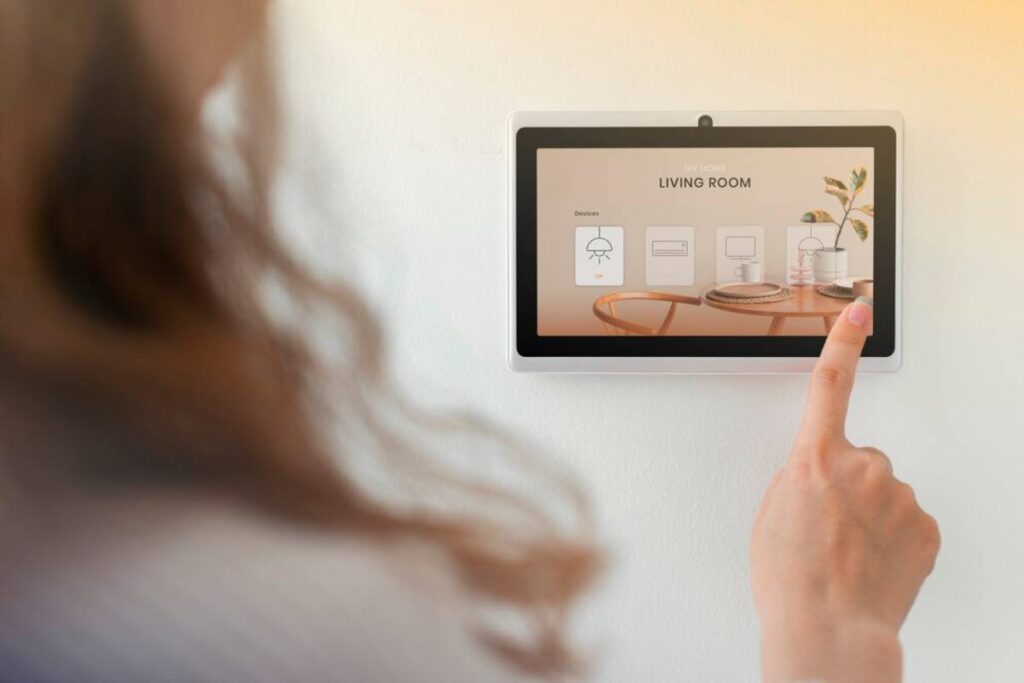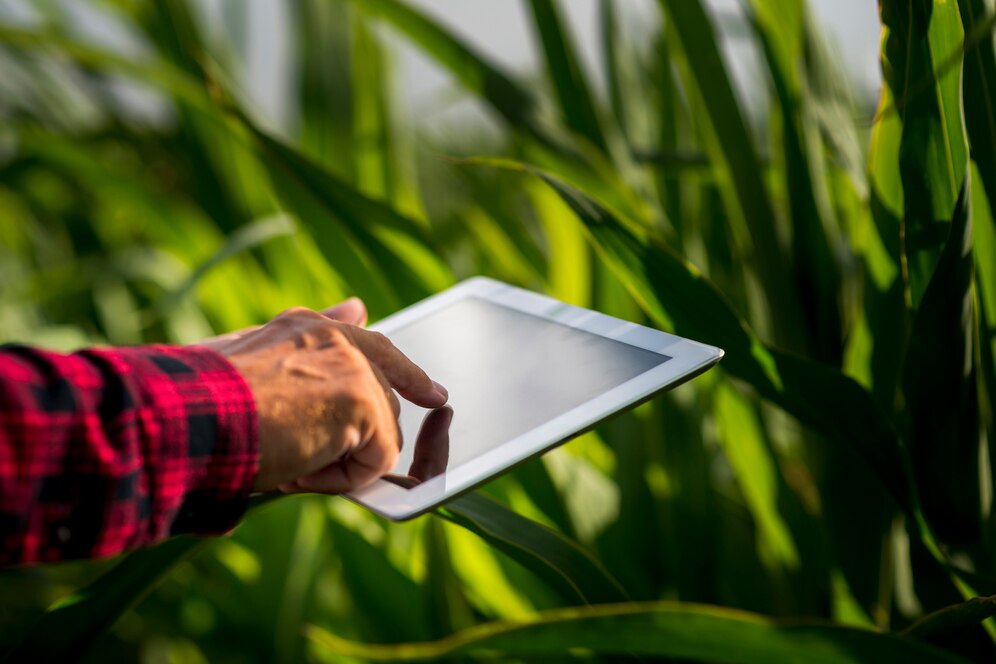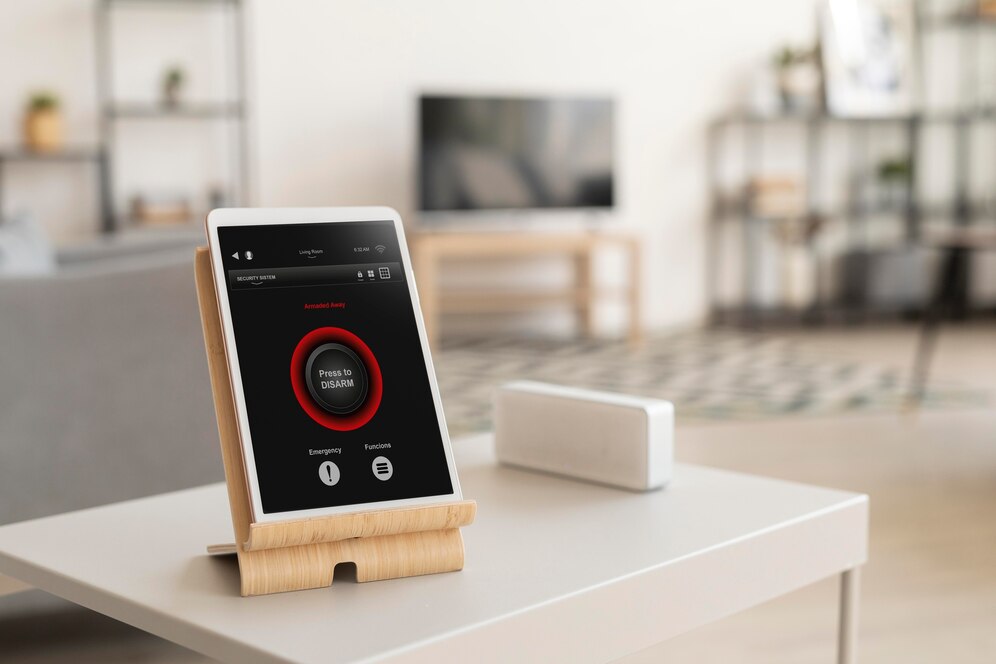The Technology Blog

How 5G is Enabling the Internet of Things (IoT)
The Internet of Things (IoT) is already changing how we live and work. The landscape of interconnected devices is blossoming from savvy smart homes to sleek connected cars and industrious sensors. Yet, until recently, these digital chatterboxes relied on age-old mobile networks. Unfortunately, those networks weren’t built to tackle today’s tidal wave of IoT complexities and connections.
This is where 5G comes in. With its high speed, low latency, and ability to connect many devices simultaneously, 5G is a key enabler of next-generation IoT applications.
Why 5G is Important for IoT
The full potential of IoT has always depended on the strength of the network it runs on. While 3G and 4G made mobile internet and smart devices possible, they fall short regarding large-scale, real-time communication between devices.
5G was designed with this specific challenge in mind. Here’s why it makes a difference:
Massive Device Connectivity
5G can support up to one million devices per square kilometre. This is ideal for environments like smart cities, where thousands of sensors, cameras, and meters need to communicate simultaneously.
Ultra-Low Latency
5G networks can reduce latency to just 1 millisecond. This allows for real-time data exchange, which is crucial for applications such as autonomous vehicles and remote-controlled machines.
High Data Transfer Speeds
With speeds up to 10 times faster than 4G, 5G allows connected devices to transmit large amounts of data quickly and efficiently.
Greater Network Reliability
5G uses more efficient technology and better infrastructure, making it more reliable in dense areas or during high usage times.
Real-World Applications of 5G and IoT Integration
The integration of 5G and IoT is already beginning to reshape industries. Here are some areas where this combination is creating real impact.
Smart Cities
Cities are using IoT sensors to monitor everything from traffic flow to air quality. With 5G, this data can be collected and analysed in real time, leading to faster decision-making and more efficient city management.
- Traffic lights that adjust based on congestion
- Real-time monitoring of public transport
- Smart waste management systems
Healthcare

5G enables medical devices to send data instantly to healthcare providers. This allows for quicker diagnosis and better patient care, especially in remote areas.
- Wearable devices that monitor heart rate or blood sugar
- Ambulances connected to hospitals en route
- Remote surgeries using robotic instruments
Manufacturing
Factories are becoming more connected thanks to IoT sensors and 5G networks. This creates a more efficient, automated environment where machines can communicate with each other without delay.
- Predictive maintenance of machinery
- Automated quality control systems
- Real-time tracking of production lines
Agriculture

In farming, 5G-powered IoT allows for smarter use of resources and more precise crop management.
- Soil sensors measuring moisture and nutrients
- Drones surveying large fields
- Livestock tracking systems
Benefits of 5G for IoT Devices
When combined, 5G and IoT unlock features that weren’t previously possible. Here are some key advantages:
Better Battery Life
5G improves communication protocols. This helps IoT devices save energy. It’s especially useful for low-power applications like sensors and trackers.
Smoother User Experience
Devices powered by 5G respond more quickly and consistently. This leads to more reliable smart home systems, wearable tech, and industrial equipment.
Improved Data Accuracy
Quick and ongoing data transfer keeps information current for monitoring and automation. This helps businesses make smarter decisions.
Key Sectors That Will Benefit Most
Most industries will adopt 5G-IoT solutions, but some will do it faster.
Transport and Logistics
The transport industry will gain from smart shipping containers and fleet management systems. These tools will improve tracking, routing, and efficiency.
Energy and Utilities
5G enhances real-time data. Smart meters, grid monitoring, and predictive maintenance in power plants work better now.
Retail
Retailers can use IoT sensors and devices to improve inventory. They can also track store foot traffic and personalize customer experiences.
Challenges to Widespread Adoption
While the future of 5G-powered IoT is promising, several barriers still exist.
Infrastructure Development
5G requires a dense network of base stations, especially in urban areas. Rural regions may experience slower rollouts due to the high cost of building infrastructure.
Device Compatibility
Many existing IoT devices operate on 4G or Wi-Fi. Upgrading or replacing these devices to work with 5G may take time and investment.
Security and Privacy
With more devices connected, there’s a higher risk of cyberattacks. Ensuring strong data protection and secure communication channels is essential.
Looking Ahead: What the Future Holds
The combination of 5G and IoT is expected to lead to smarter, more efficient systems across the board. As network infrastructure improves and more devices become 5G-compatible, new possibilities will emerge.
- Smart homes that adapt to your routine
- Real-time language translation via wearables
- Fully autonomous delivery services
- Intelligent road systems that reduce accidents
These aren’t just predictions—they are developments already in progress.
Conclusion: A Powerful Combination for the Connected Future

The marriage of 5G and IoT sparks a revolutionary change in our connections. This dynamic duo zips us into a world of instant interaction. Get ready for fast speeds and reliable performance. This works for personal devices and big industrial systems. Embrace a future where connectivity knows no bounds!
Though technological and logistical hurdles lie ahead, momentum is undeniable. Businesses, governments, and consumers are ready to reap the rewards. 5G’s fast speed, larger capacity, and great efficiency will change the Internet of Things. Get ready to embrace a connected future where possibilities are limitless!









